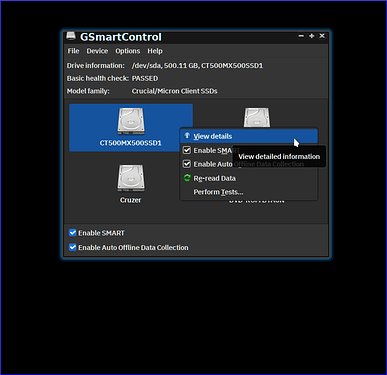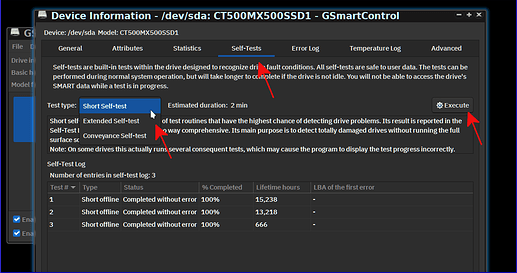I’ve got a pretty fresh install of EndeavourOS with Budgie as my desktop and I’ve run into an issue logging in. I closed my laptop to log out which normally works fine but now when I open it back up it doesn’t have a password input box. It’s just the wallpaper and a top bar. My mouse is also not working, but strangely it sometimes I can see it flicker very briefly into visibility when I hit keys or use the touchpad. Ctrl+Alt+F1 doesn’t let me type anything or prompt me for a login (only displays “rfkill: input handler enabled”). Ctrl+Alt+F2-6 or F 8-9 give a blank screen with a cursor flashing and I can’t type anything. I have noticed that Budgie uses a different login when first booting than for logging back in, if that’s relevant. I don’t have magic sysreq enabled yet.
I’ve had this issue a few times before and always just powered off the computer, but I corrupted my last system by powering off at the wrong time, so is there anything else I can do? Also, is this a bug in Budgie or EndeavourOS and if so who should I report it to?
Edit: grammar






